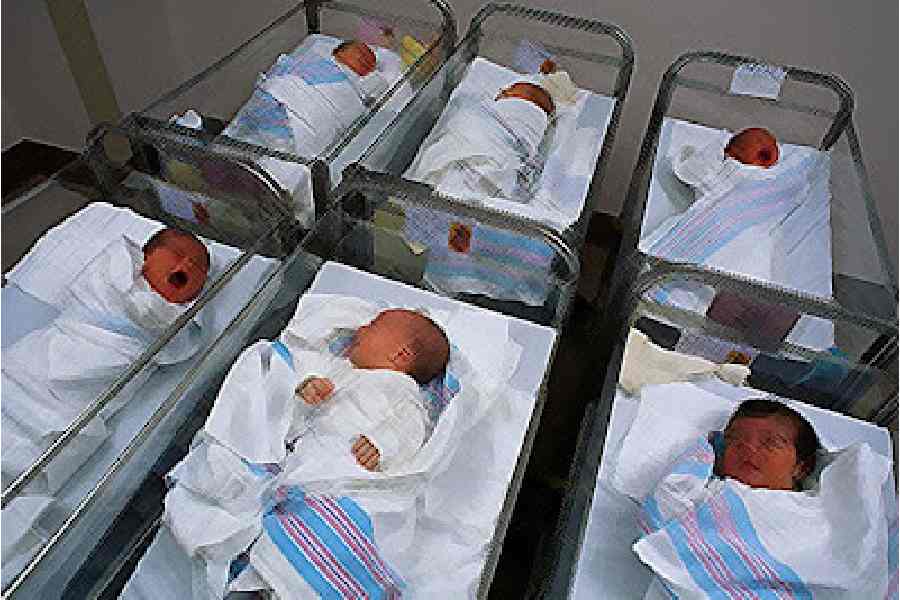The progressive reduction in India’s child mortality rate since 2014, highlighted in the statistical report of the Sample Registration System in 2020, has been hailed as a landmark achievement. Yet, subsequent health surveys indicate that the progress has been uneven or, worse, reversed. The latest findings published in JAMA Network Open show that neonatal mortality rates have stagnated, even increased, in several states. According to the research, which has collated three decades worth of datasets from the National Family Health Surveys, early NMR, which is death in the first seven days from birth, accounts for nearly 50% of the deaths of children under five. While there has been a decline in the overall under-five child mortality — from 50 per 1,000 live births in 2015-16 to 42 in 2019-21 — across the country, early neo-neonatal deaths have increased in nine states and Union territories, late neonatal fatalities, which occur between 8 days after birth and 28 days, have increased or remained stagnant in 13 states, whereas post-neonatal mortalities, which occur between a month and a year, have spiked in 12 states. The new data raise significant questions about the reduction in India’s NMR load. They also poke holes in the government’s narrative on India being on course to achieve the Sustainable Development Goal target on neonatal mortality — 12 deaths per 1000 live births — by 2030.
There is generally an inverse relationship between child mortality and institutional delivery. But the new data reveal an intriguing contradiction. Child mortalities have been rising in spite of the doubling of the percentage of institutional deliveries in India between 2005 and 2019. Institutional deliveries were incentivised with the Janani Suraksha Yojana scheme as early as 2005 with nearly 10 million beneficiaries recorded in 2020. Yet, Bihar, one of the states with an uptick in institutional deliveries, has witnessed a rise in post-neonatal mortality. Infant deaths are symptomatic of other malaises, such as malnutrition and poor health among expectant mothers, patchy immunisation programmes as well as the absence of modernised health infrastructure. Accredited Social Health Activists and midwives, who form the backbone of government welfare schemes, remain overburdened and poorly paid, even as the newborn care centres mandated by the National Health Mission are understaffed and lack such basic facilities as stabilisation units. About 50% of all deaths under five is preventable. It is the government’s duty to save the newborns.










